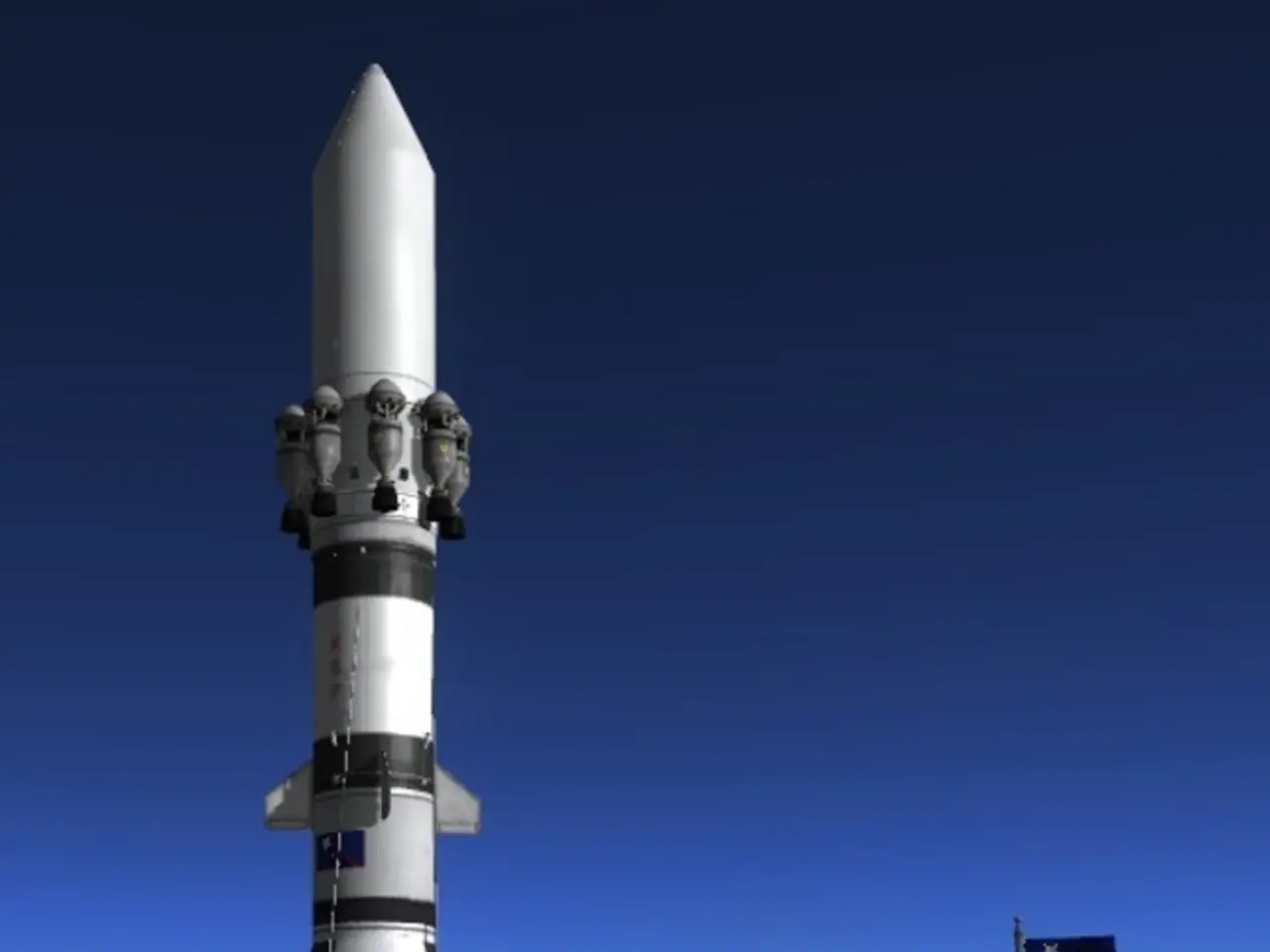Trump's 'Golden Dome' Project: A $175 Billion Plan to Shield U.S. From Aerial Threats
President Donald Trump's ambitious 'Golden Dome' project aims to shield the U.S. from aerial threats, mirroring Israel's Iron Dome. The system, initially designed for short-range threats, was later expanded to counter intercontinental and hypersonic missiles, with a price tag of $175 billion.
The Golden Dome's initial concept was to protect against short-range threats like Qassam rockets. However, Trump's advisers informed him that such systems pose little threat to the U.S., and a vast number of systems, estimated between 2,000 to 16,000, would be needed for full protection. The project was renamed to fit Trump's 'golden' theme.
The system aims to engage and neutralize missile threats during the early mid-course phase or even the boost phase, using space-based interceptors. This approach has raised concerns about the feasibility of the project, with Patrick Bolder, a retired Lieutenant-Colonel from the Royal Netherlands Air Force, arguing that it will not contribute to the safety of the U.S. and the world. The development of the Golden Dome also faces objections such as insufficient funding and an unrealistic timeline.
The deployment of these satellite weapons in space could jeopardize the Outer Space Treaty of 1967 and potentially trigger a global arms race in space. Countries that could potentially use intercontinental or hypersonic missiles against the USA include China, Russia, France, North Korea, and Israel, although Israel is not typically involved in confrontations with the USA.
The Golden Dome project, with its expanded scope and hefty price tag, faces numerous challenges and objections. Its potential impact on global security, including the risk of an arms race in space, remains a significant concern. Despite these issues, the project continues to be a key part of Trump's strategy to protect the U.S. against aerial threats.







